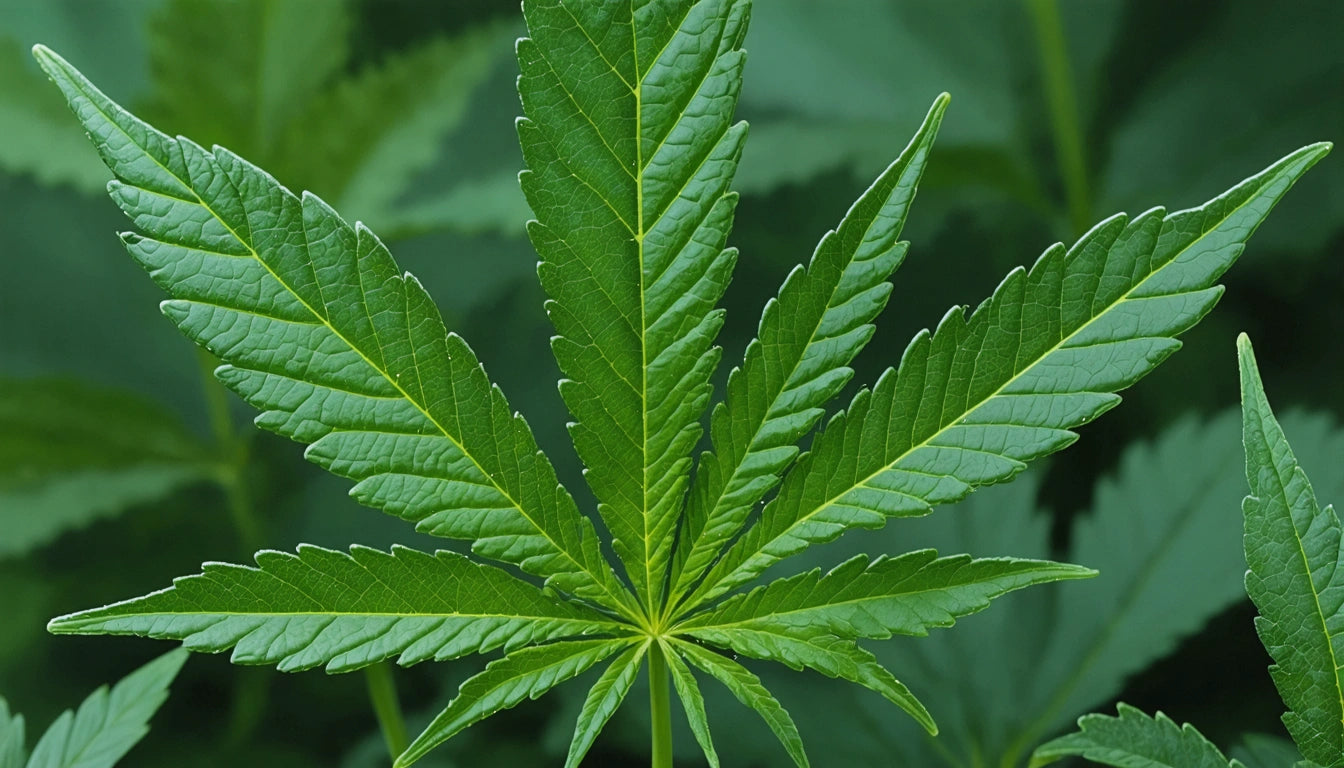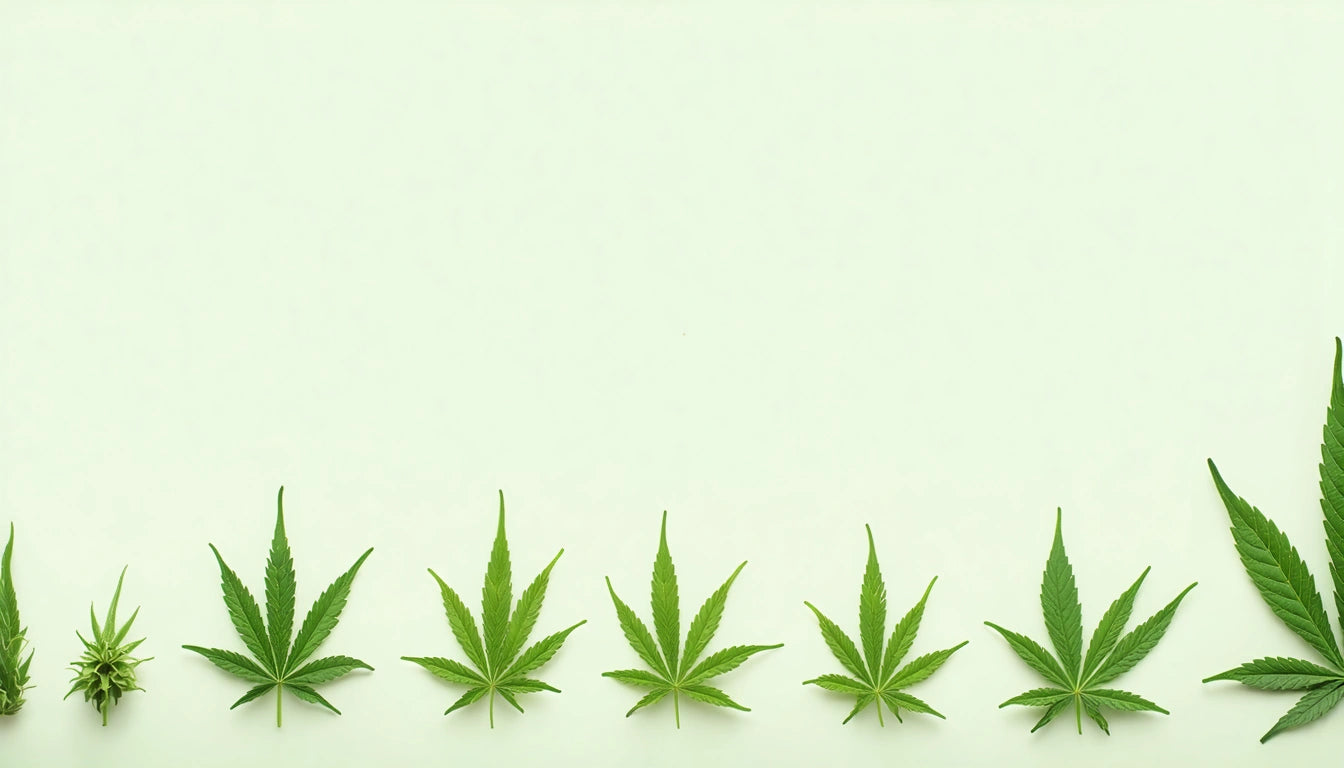Table of Contents
Why Is Cannabis Illegal? Exploring the Reasons and History Behind Its Prohibition
Cannabis prohibition has a complex history rooted in political, racial, and economic factors rather than purely scientific or health concerns. Understanding why marijuana is illegal requires examining historical context that continues to influence policy today, even as public opinion and state laws evolve rapidly.
Early History of Cannabis in America
Before the 1900s, cannabis was widely used medicinally throughout the United States. Hemp cultivation was encouraged for industrial purposes, with some colonies even requiring farmers to grow it. Medicinal preparations containing cannabis were commonly prescribed by physicians and readily available in pharmacies.
The shift toward prohibition began in the early 20th century, coinciding with the Mexican Revolution of 1910, which led to an influx of Mexican immigrants who introduced recreational cannabis smoking to American culture. This association with immigrant communities became a significant factor in the plant's eventual criminalization.
How Prohibition Began: The Marijuana Tax Act
The pivotal moment in marijuana prohibition history came in 1937 with the passage of the Marijuana Tax Act. This legislation effectively criminalized cannabis by imposing prohibitive taxes on all hemp products, despite opposition from the American Medical Association.
Harry Anslinger, the first commissioner of the Federal Bureau of Narcotics, became the driving force behind cannabis prohibition. Anslinger launched a media campaign filled with sensationalized stories linking marijuana use to violent crime and insanity, particularly among minority populations.
Key Prohibition Timeline:
- 1930: Federal Bureau of Narcotics established with Anslinger as commissioner
- 1936: "Reefer Madness" propaganda film released
- 1937: Marijuana Tax Act passed
- 1970: Controlled Substances Act classifies cannabis as Schedule I
- 1996: California becomes first state to legalize medical marijuana
- 2012: Colorado and Washington legalize recreational use
Racial and Cultural Factors Behind Cannabis Prohibition
Why was marijuana made illegal in the first place? Historical evidence suggests racial prejudice played a central role. The term "marijuana" itself was promoted to emphasize the drug's foreign origins and association with Mexican immigrants. Anslinger's campaign specifically targeted racial minorities, claiming cannabis caused Black and Hispanic men to become violent and solicit white women.
These racial undertones continued through the decades, with enforcement of cannabis laws disproportionately affecting communities of color. Even today, despite similar usage rates across racial groups, Black Americans are 3.64 times more likely to be arrested for marijuana possession than white Americans.
The War on Drugs and Cannabis Classification
The 1970 Controlled Substances Act solidified cannabis prohibition by classifying it as a Schedule I substance, the most restrictive category reserved for drugs with "no currently accepted medical use" and "high potential for abuse." This classification, which places cannabis alongside heroin and LSD, contradicts substantial scientific evidence about its medical benefits and safety profile.
President Nixon's declaration of the "War on Drugs" in 1971 intensified enforcement. John Ehrlichman, Nixon's domestic policy advisor, later admitted: "We knew we couldn't make it illegal to be either against the war or black, but by getting the public to associate the hippies with marijuana and blacks with heroin, and then criminalizing both heavily, we could disrupt those communities."
Cannabis vs. Alcohol: Legal Inconsistencies
The question "if alcohol is poison, why is it legal while cannabis remains federally prohibited?" highlights the inconsistency in drug policy. Alcohol prohibition (1920-1933) was ultimately repealed despite alcohol's documented harms. Meanwhile, cannabis remains federally illegal despite growing evidence of its medical applications and lower risk profile.
This inconsistency extends to other substances. Tobacco products, which cause approximately 480,000 deaths annually in the US, remain legal, while cannabis, with no documented fatal overdoses, is federally prohibited. These contradictions suggest that drug scheduling decisions are influenced more by cultural, political, and economic factors than by scientific assessment of harm.
For those in states where cannabis is legal, products like pre-rolled cones for dispensaries and brands have become standard packaging solutions that help maintain compliance with strict regulations while meeting consumer demands.
The Changing Legal Landscape and Future Outlook
Despite federal prohibition, the legal status of cannabis in the United States has undergone dramatic changes at the state level. As of 2023, 38 states have legalized medical marijuana, and 23 have legalized adult recreational use. This state-level momentum has created a complex legal patchwork and increasing pressure for federal reform.
Public opinion has shifted dramatically, with approximately 68% of Americans now supporting legalization according to Gallup polling. This represents a complete reversal from attitudes during the height of prohibition.
The ongoing debate over marijuana legalization continues to evolve, with advocates pointing to potential benefits including:
- Tax revenue generation
- Reduction in criminal justice costs
- Medical applications for conditions like chronic pain and epilepsy
- Job creation in the legal cannabis industry
- Addressing racial disparities in enforcement
Opposition concerns typically center around potential health impacts, particularly on adolescent brain development, impaired driving risks, and gateway drug theories, though research on these topics continues to evolve.
As more research emerges and more states implement successful regulatory frameworks, the question of why cannabis remains federally illegal becomes increasingly difficult to justify on scientific or public health grounds. The history of cannabis prohibition reveals that its illegal status stems primarily from historical prejudice, political opportunism, and industrial interests rather than evidence-based assessment of its harms and benefits.











Leave a comment
All comments are moderated before being published.
This site is protected by hCaptcha and the hCaptcha Privacy Policy and Terms of Service apply.